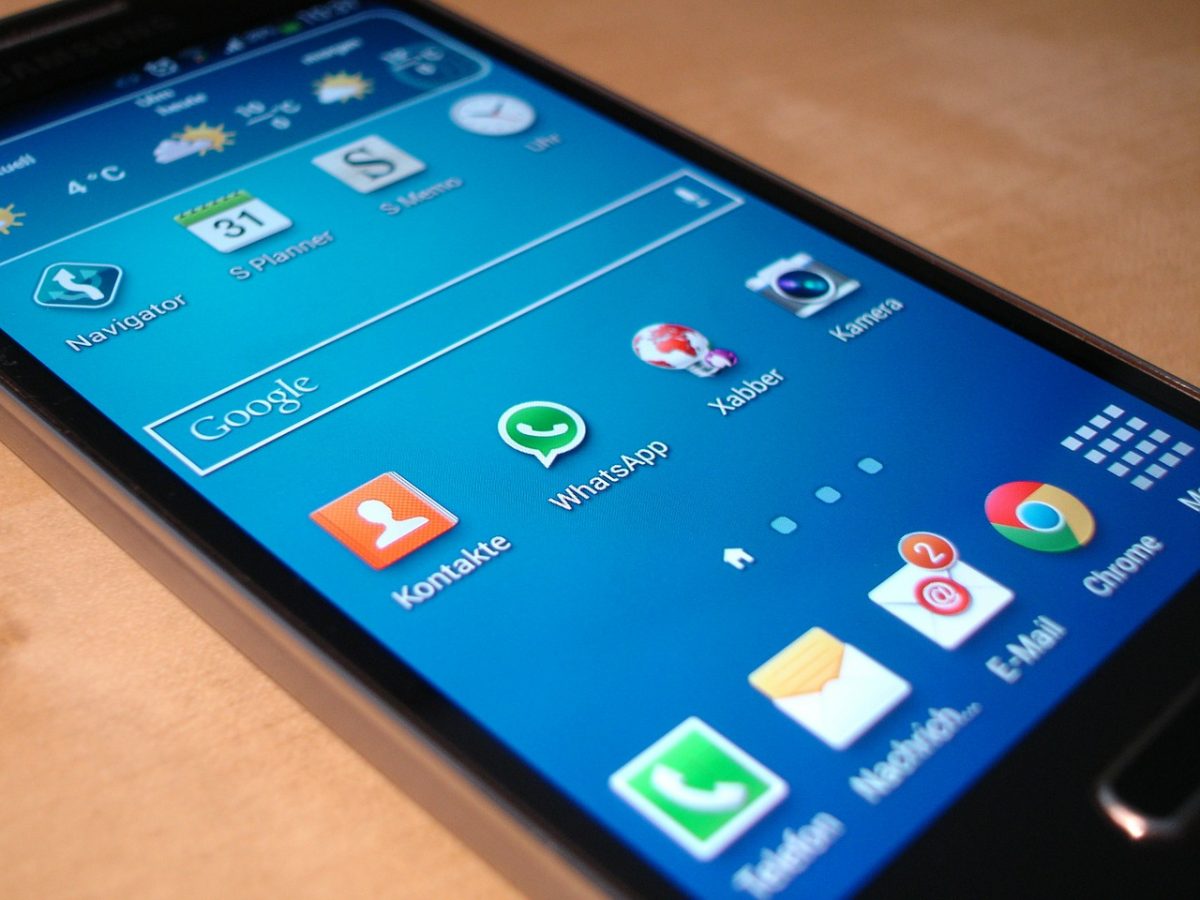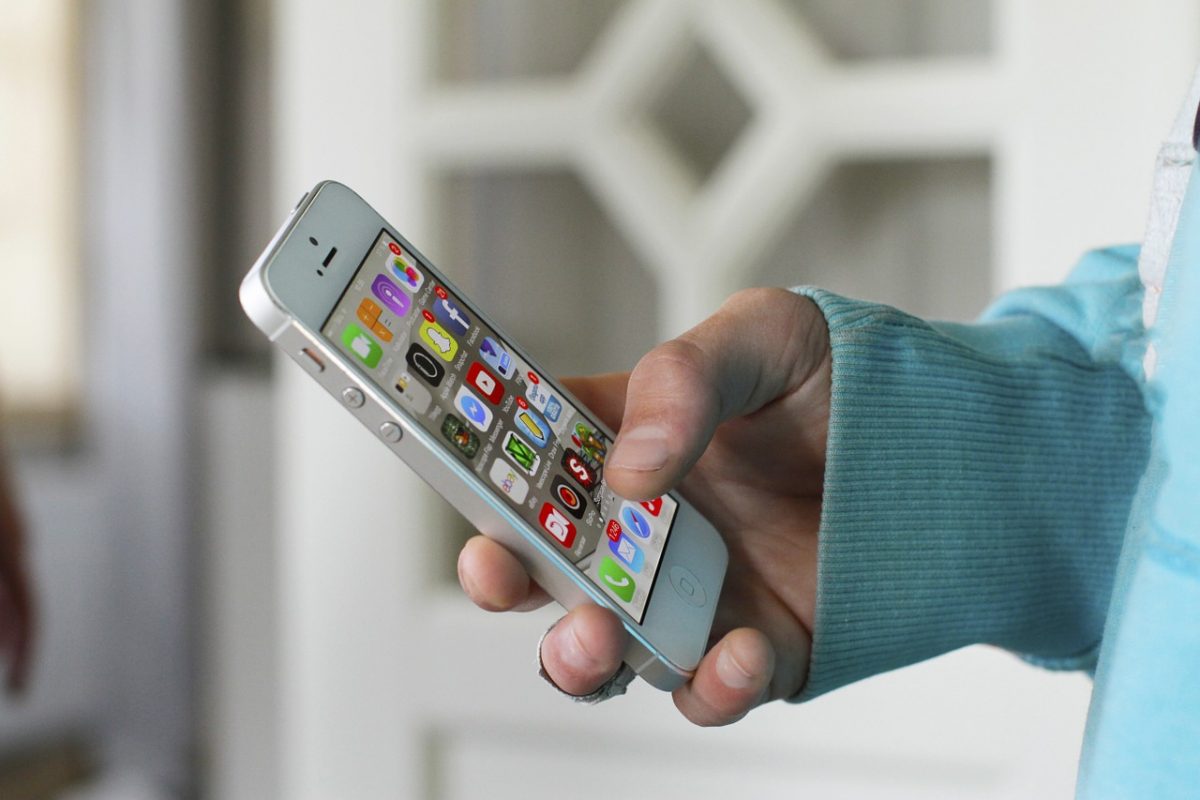When developing an app for your business, one of the top priorities is creating one that people actually want to use. Unfortunately, there is often a significant disconnect between what a target audience needs and what a mobile app offers. Keep the following mobile app development tips in mind to ensure the utmost quality.
Be Proficient with All Target Platforms
All too often, developers favor one mobile app platform over another, and it shows in the quality of their work. Ideally, mobile apps should be developed by professionals who understand the unique aspects of all of the platforms that they are targeting. Read user interface guidelines carefully to understand the available features for each platform. Being familiar with the visual and behavioral differences and similarities of various platforms allows you to put them to use more effectively.
Don’t Be Biased
Make an effort to learn to appreciate all of the most popular mobile app platforms. Sure, you probably prefer one or two over others, but all platforms have their strengths. By embracing differences between app platforms, you will get enthusiastic about designing for each. This enthusiasm will result in products that are truly out of this world.
Don’t Sacrifice Performance for Analytics
For many businesses, mobile apps are more about collecting useful information than about providing services to customers. Still, resist the temptation to bog down your app with too many SDKs (software development kits). Apps that are bloated with excessive SDKs tend to run slowly, crash often and drain battery life at a remarkable speed. No one likes apps like these.
Keep Scale in Mind
There is no telling how popular any given app will be. It pays to design apps with the assumption that they will go viral. That way, there’s a minimal risk that your app will fail due to thousands of concurrent users. Always develop apps with a huge scale data distribution in mind.
Build Native User Interfaces Last for Cross-Platform Apps
The vast majority of apps are cross-platform ones, which makes sense if you want yours to be accessible to the largest number of people. Save yourself time and effort by modeling the programming logic off as local web services and building native user interfaces last.
Avoid Redundant Tracking
Going overboard with tracking can be highly problematic. Repetitive, redundant tracking makes it more difficult to maintain the underlying code as your company expands and evolves and as developers update their APIs.
Use It Yourself
If you’re not already comfortable with all of the platforms that you are targeting, try your hand at all of them to get a feel for how they work. The same applies to your app. Try to put yourself in users’ shoes. Would this app address your needs? Would you keep it on your smartphone and use it, or is it a waste of time?
Enable Easy App Integration
Don’t assume that users won’t be interested in sharing information from your app through other apps like Facebook or Gmail. Make it easy for users to do this by enabling app integration in your mobile app. A little extra work is involved, but it will make your app more useful and help you avoid going back and doing it later.
Accommodate for Different Design Styles Across Platforms
What looks amazing on an iOS device may look anything but that on an Android or Windows OS device. Different platforms have different aesthetic qualities, and it pays to understand these parameters before developing a cross-platform app. Carefully consider how your branding will translate across platforms and design your app accordingly.
Make it Simple
The best apps are easy for just about anyone to use. It’s easy to lose sight of how people with varying degrees of technical prowess will interact with an app, so make sure to include non-tech-savvy people during the testing phase. Is the design intuitive enough for newbies? Is the written content easy to understand? Where do users seem to get stuck?
Take Advantage of the Latest Features
Your new app shouldn’t be outdated. Avoid this issue by always using the latest client device SDKs. It also pays to stay up to date regarding the latest changes and advances in various platforms. By including cutting-edge features in your app, you’re more likely to attract a wider audience.
Test Often
Apps are often rushed, and testing is the step that developers are most likely to speed through. What’s worse is they complete a single round of tests and call it good. It pays to test early and often — especially when it comes to cross-platform apps, which can quickly cause issues.
Plan for Offline Use
A mobile app isn’t truly “mobile” if it ceases to function when the device is offline. The best apps boast a decent offline functionality, so be sure to include it in yours. Data should be saved to local storage so that it can be restored when the app is opened again. Any changes can then be synced, for the user to have a seamless online/offline experience.
Have One Purpose
As tempting as it may be to cram a ton of features into your app, it’s far better to focus on one and to really make it shine. Make it something that you’re truly good at and that users will actually benefit from. That way, they are less likely to get tripped up on unhelpful, confusing features that never belonged there in the first place.
Embrace Analytics
While you shouldn’t overdo it with the analytics, you should monitor them regularly to see how people are faring with your app. How are they using it? Which devices are they accessing it from? Are there features that seem to trip users up and make them abandon the app? By keeping an eye on your analytics, you can respond swiftly when issues arise.
If you find yourself going for custom app development versus out-of-the-box one, keep these tips in mind to create a product that your audience will rely on and become loyal to.





